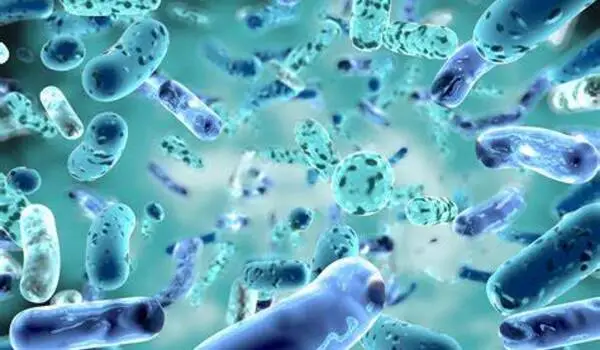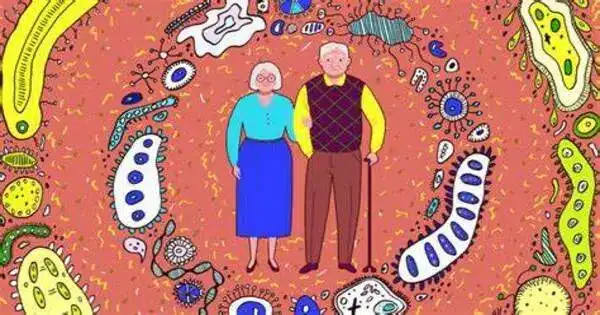Recent research has found an exciting potential new link to indications of skin aging: the skin microbiome, a collection of microorganisms that live on our skin. The findings are the outcome of a collaborative study conducted by researchers from the University of California San Diego’s Center for Microbiome Innovation (CMI) and L’Oréal Research & Innovation.
Their findings were published in Frontiers in Aging in an article titled “A multi-study analysis enables identification of potential microbial features associated with skin aging signs.” To the best of the team’s knowledge, this is the first study to extract microorganisms linked particularly to indicators of skin aging and skin health, not chronological age.
Combining CMI’s sophisticated data analysis abilities with L’Oréal’s knowledge and expertise in skin health assessment, the study comprehensively examined data collected during 13 previous studies conducted by L’Oréal, consisting of 16S rRNA amplicon sequence data and corresponding skin clinical data for over 650 female participants aged 18 to 70. While each of the research included in the analysis focused on a specific area of interest (for example, crow’s feet wrinkles or moisture loss), this multi-study analysis combined the data to look for patterns associated to specific microorganisms while controlling for other variables such as age.
This research is groundbreaking in identifying new microbial biomarkers linked to visible signs of aging like crow’s feet wrinkles. It marks a significant step towards developing technologies for healthier, more youthful skin.
Qian Zheng
“Previous studies have shown that the types of microbes on our skin change fairly predictably with age,” said corresponding author Se Jin Song, the CMI Director of Research. “Our skin also changes physiologically with age; for example, we gain wrinkles and our skin gets drier. But there is variation in what this looks like in people — you’ve probably noticed that there are some people who have younger or older-looking skin than many others their age. Using advanced statistical methods, we were able to tease apart the microbes that are associated with these types of aging signs for skin, like crow’s feet wrinkles, from those that are associated with simply age as a chronological number.”
Two significant tendencies emerged from the analysis. First, the researchers discovered a link between skin microbiome diversity and lateral cantonal lines (crow’s feet wrinkles), which are often regarded as one of the most important indications of skin aging. Second, they discovered a negative link between microbial diversity and transepidermal water loss, or the quantity of moisture that evaporates through the skin.
In further investigating the tendencies, the researchers discovered numerous potential biomarkers that might be investigated as microorganisms of interest. It would be early to conclude causation or actionable insights, but the study’s findings have provided researchers with guidance on the next steps to better understand microbial relationships with skin aging.

“At L’Oréal, our commitment is to create beauty products that meet the unique needs of each individual. Our recent collaboration with the Center for Microbiome Innovation has shed light on the role of the skin microbiome in aging, particularly in how it affects wrinkles and overall skin quality,” said co-author Qian Zheng, Head of Advanced Research, North America at L’Oréal. “This research is groundbreaking in identifying new microbial biomarkers linked to visible signs of aging like crow’s feet wrinkles. It marks a significant step towards developing technologies for healthier, more youthful skin. We look forward to sharing new results as they become available, furthering the scientific community’s understanding and contributing to advancing new skincare solutions.”
Future paths of investigation the team has suggested include metabolomics work to discover chemical biomarkers related to skin aging, as well as meta-transcriptomics research into potential targets for genetic engineering. Research into other layers of the skin has also been considered, as many studies focus on the outer skin due to the ease of sample collection.
“While the study’s findings represent an advance in our understanding of the skin microbiome, we see them as just the beginning of a new phase of research,” said co-author Rob Knight, CMI Faculty Director and Professor of Pediatrics, Bioengineering, Computer Science & Engineering, and Data Science at UC San Diego. “By confirming a link between the microbiome and skin health, we’ve laid the groundwork for further studies that discover specific microbiome biomarkers related to skin aging, and, one day, show how to modify them to generate novel and highly targeted recommendations for skin health.”















